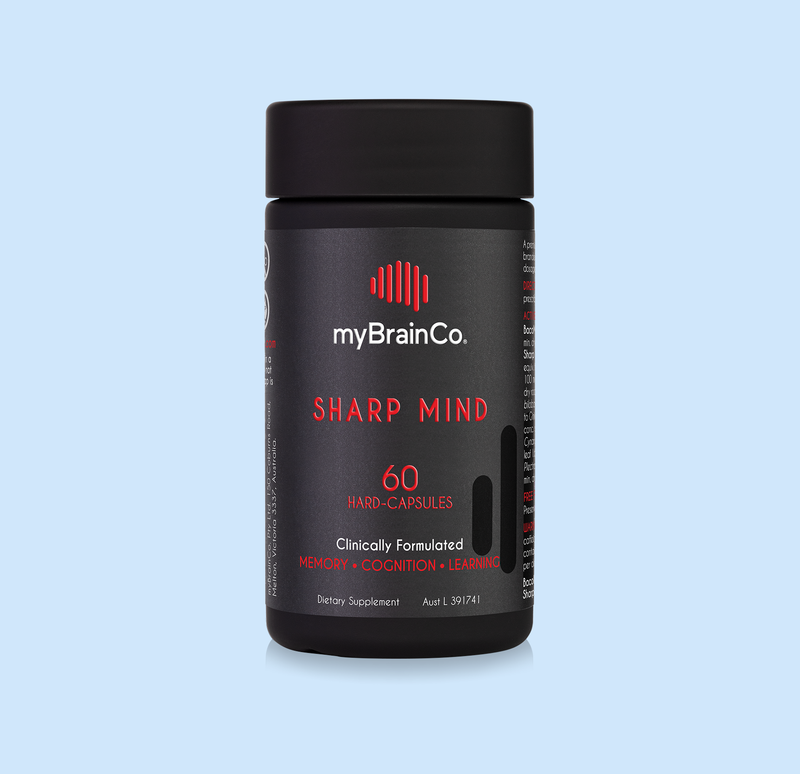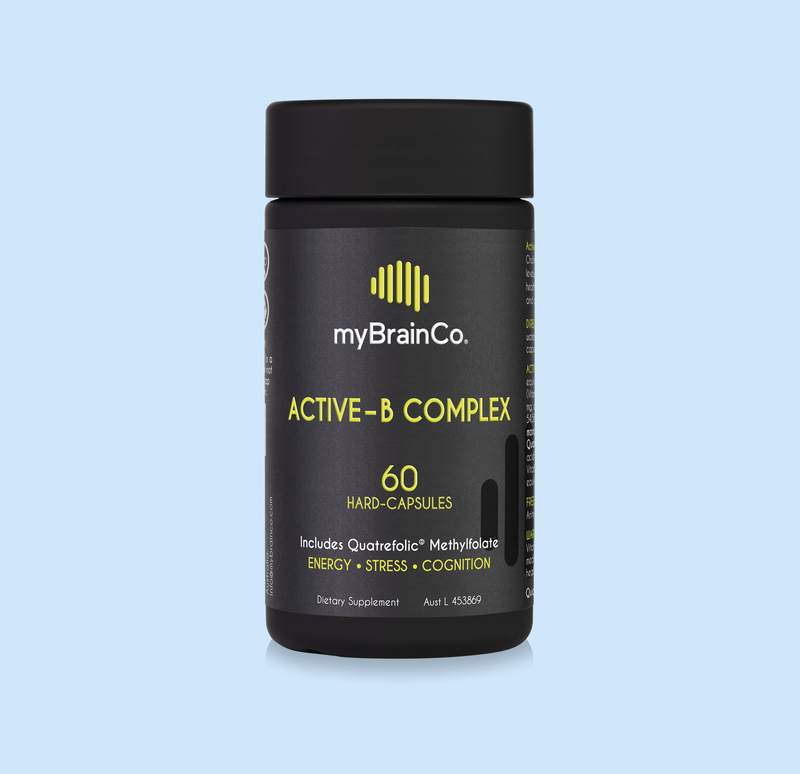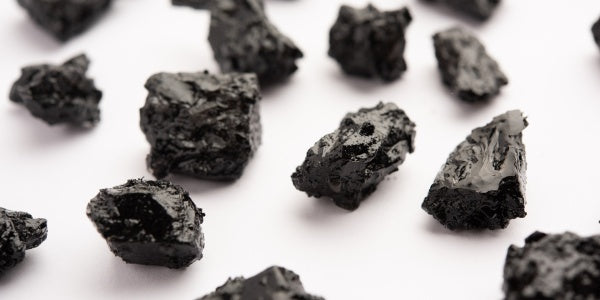Shilajit, a sticky substance found primarily in the rocks of the Himalayas, has been utilised in traditional medicine for centuries. Thanks to its rich history of traditional use and a wide array of benefits reported by users, it is fast becoming one of the most desirable nootropics available in the world.
What is Shilajit?
Shilajit is a natural exudate that is pressed out from layers of rock in mountainous regions across the globe, including the Himalayas, the Altai Mountains, and the Caucasus. Composed of humus and organic plant materials that have been decomposed by microorganisms over centuries, forming a rich tapestry of fulvic acid, minerals, and various other bioactive compounds.
While there will be compositional differences in Shilajit depending on the region it is sourced from, it is estimated that up to 80% of the weight of Shilajit is comprised of humic substances and the remaining 20% is largely important minerals including calcium, potassium, and magnesium. However, Shilajit also contains amino acids (mainly glycine) and proteins, fatty acids, bioactive compounds such as caffeic acid and gallic acid, and heavy metals including chromium, selenium, and cobalt.
Traditionally, Shilajit has been used in Ayurvedic medicine to enhance physical strength, stamina and endurance, as well as a variety of other ailments. More recently, there has been a growing global interest in Shilajit due to its potential benefits for male fertility, brain health, and cognitive enhancement.
Traditional Uses of Shilajit
Historically, Shilajit has been used for its rejuvenating and healing properties. It was commonly used to enhance vitality, treat blood sugar problems, improve digestion, alleviate pain, reduce inflammation, and enhance sexual function. Traditional Ayurvedic practitioners believed that Shilajit was a panacea, capable of supporting virtually any ailment, attributing to it the power to strengthen the body and increase longevity.

Scientific Evidence for Shilajit
Modern scientific investigations into Shilajit have begun to validate some of its traditional uses, uncovering its potential mechanisms of action. Studies have identified that Shilajit is rich in fulvic acid, a potent antioxidant and anti-inflammatory agent, which could explain some of its coveted therapeutic activity.
Research has also demonstrated Shilajit's potential for enhancing mitochondrial function, which may underpin the reported outcomes of increased energy levels and cellular health. It’s also been investigated for its ability to support chronic inflammatory disease and immunity.
Shilajit Benefits Men’s Health and Fertility
One therapeutic quality that has made people take notice of this ancient remedy is its apparent ability to improve important markers of men’s health; testosterone and sperm count.
A 2010 study looking at the impact of Shilajit on sperm quality in 28 men with low sperm count completed 90 days of 100mg Shilajit twice per day. The results were impressive with +37% improvement in sperm production, +61% improvement in total sperm count, +12-17% improvements in motility and increases in testosterone and follicle stimulating hormone (FSH) of 23% and 9% respectively.
These findings were further validated in another 2016 double-blind, placebo-controlled study in healthy men, which showed that 250mg twice a day for 90 days could yield a significant boost to total testosterone, free testosterone, and dehydroepiandrosterone (DHEAS) compared with placebo. Both studies reference its favourable safety profile.
Shilajit's Benefits for Cognitive Wellbeing
Given the global explosion in dementia and cognitive impairment, one of the most compelling areas of research on Shilajit is the exploration of its potential cognitive and neurological benefits. Several studies suggest that Shilajit may have neuroprotective effects, showing promise for slowing the ageing process and improving brain health:
Cognitive Enhancement: Research has shown that Shilajit can improve memory, attention, and overall cognitive performance. This is believed to be due to its fulvic acid content, which may help in preventing the accumulation of tau protein, a hallmark of Alzheimer's disease. This potential has certainly garnered the attention of the scientific community.
Neuroprotection: Shilajit has been found to exhibit antioxidant properties (with ORAC values that rival blueberries!) that may protect against cellular damage in the brain. This antioxidant activity can mitigate the effects of free radicals, reducing the risk of neurodegenerative diseases.
Mood Regulation: Some studies suggest that Shilajit may have a positive impact on mood disorders, such as feelings of depression and anxiousness. Its potential to enhance neurotransmitter levels in the brain is one suggested mechanism behind this effect, as well as the reason behind its reported analgesic activity.
Shilajit represents a unique blend of traditional knowledge and modern scientific inquiry, offering promising benefits for cognitive and neurological health. While its traditional uses have been revered for centuries, contemporary research provides a growing scientific basis for its application in biohacking for the benefit of cognitive enhancement and proactive neuroprotection. Whilst further research is certainly warranted to deepen our understanding of its mechanisms of action, it is an exciting nutraceutical agent with a wide range of benefits that could be a game-changer in approaching many chronic metabolic conditions.
REFERENCES
Carrasco-Gallardo C, et al. Shilajit: a natural phytocomplex with potential procognitive activity. Int J Alzheimers Dis. 2012;2012:674142.
Stohs SJ. Safety and efficacy of shilajit (mumie, moomiyo). Phytother Res. 2014 Apr;28(4):475-9.
Winkler J, et al. Therapeutic Potential of Fulvic Acid in Chronic Inflammatory Diseases and Diabetes. J Diabetes Res. 2018 Sep 10;2018:5391014.
Cagno V, et al. In vitro evaluation of the antiviral properties of Shilajit and investigation of its mechanisms of action. J Ethnopharmacol. 2015 May 26;166:129-34.
Agarwal SP, et al. Shilajit: a review. Phytother Res. 2007 May;21(5):401-5.
Biswas TK, et al. Clinical evaluation of spermatogenic activity of processed Shilajit in oligospermia. Andrologia. 2010 Feb;42(1):48-56.
Pandit S, et al. Clinical evaluation of purified Shilajit on testosterone levels in healthy volunteers. Andrologia. 2016 Jun;48(5):570-5.
Cornejo A, et al. Fulvic acid inhibits aggregation and promotes disassembly of tau fibrils associated with Alzheimer's disease. J Alzheimers Dis. 2011;27(1):143-53.
Andrade V, et al. Scaling the Andean Shilajit: A Novel Neuroprotective Agent for Alzheimer's Disease. Pharmaceuticals (Basel). 2023 Jul 4;16(7):960.




